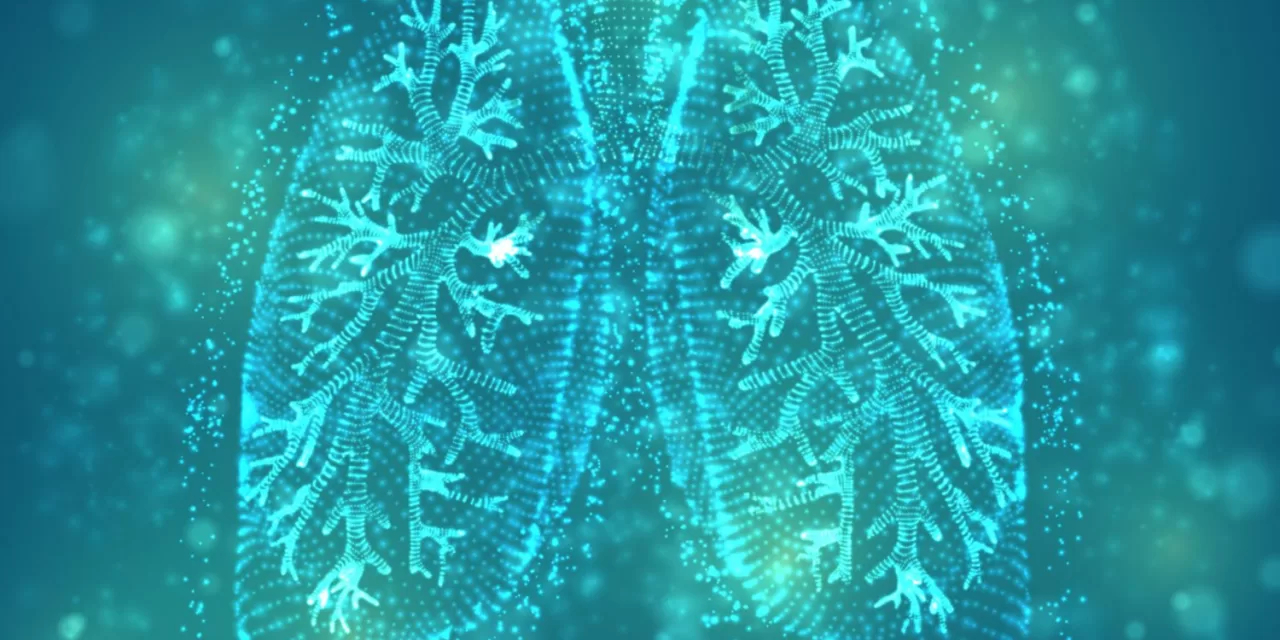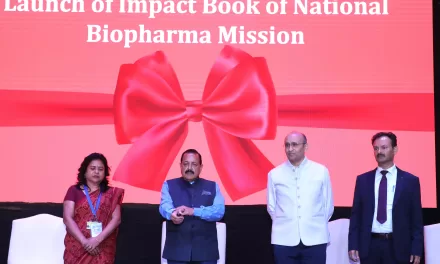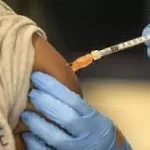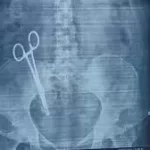New Findings Provide Hope for Patients with Idiopathic Pulmonary Fibrosis
Idiopathic pulmonary fibrosis (IPF), the most common form of lung fibrosis characterized by scarring of the lungs with unknown cause, presents a formidable challenge in healthcare. With limited treatment options and a bleak prognosis, researchers are racing against time to uncover novel strategies to combat this debilitating condition.
A recent study conducted by a team led by Dr. Sean Fortier and Dr. Marc Peters-Golden from the Division of Pulmonary and Critical Care Medicine at U-M Medical School has unearthed a potential pathway that could hold the key to reversing IPF.
Using a mouse model, researchers simulated IPF by administering bleomycin, a chemotherapy agent known to induce lung injury. Astonishingly, the resulting lung scarring resolved itself over approximately six weeks, providing crucial insights into the natural repair mechanisms of the body.
Dr. Fortier emphasized the importance of understanding these natural processes, stating, “If we can learn the molecular mechanisms by which this occurs, we may uncover new targets for IPF.”
Central to the study is the role of fibroblasts, specialized cells responsible for forming connective tissue. During injury or illness, fibroblasts are activated and transform into myofibroblasts, contributing to scar tissue formation. However, the persistence of activated myofibroblasts distinguishes fibrosis from normal wound healing.
The study identified a molecular brake, MKP1, responsible for deactivating myofibroblasts and promoting resolution of fibrosis. Importantly, fibroblasts from patients with IPF exhibited lower levels of MKP1 expression, suggesting a potential therapeutic target.
By genetically eliminating MKP1 in fibroblasts of mice with lung injury, researchers observed persistent fibrosis, highlighting the crucial role of MKP1 in spontaneous resolution of fibrosis.
Further investigations using CRISPR techniques elucidated how MKP1 applies the brakes, primarily by deactivating the enzyme p38α, implicated in cellular stress response. Significantly, current FDA-approved drugs for lung fibrosis were found ineffective in deactivating myofibroblasts, underscoring the need for alternative therapeutic approaches.
Dr. Fortier expressed optimism regarding the implications of these findings, stating, “The Holy Grail is to reverse [fibrosis].”
The discovery of this potential pathway to reverse lung fibrosis offers a glimmer of hope for patients grappling with IPF and related conditions. As researchers delve deeper into understanding the molecular mechanisms underlying fibrosis, the prospect of transformative therapies on the horizon becomes increasingly tangible.












